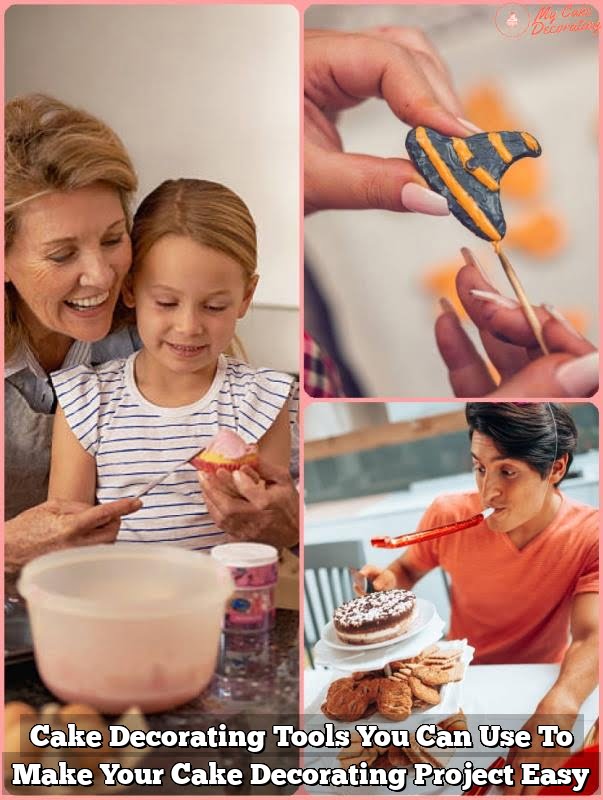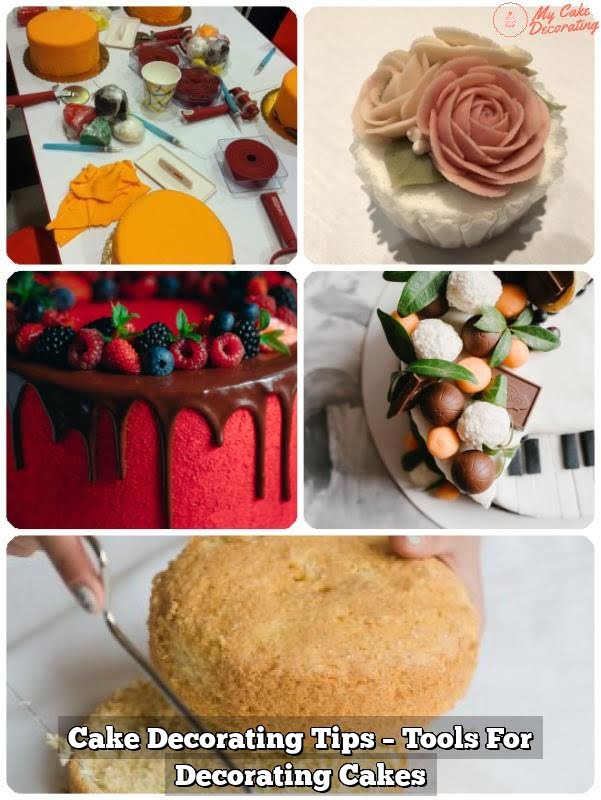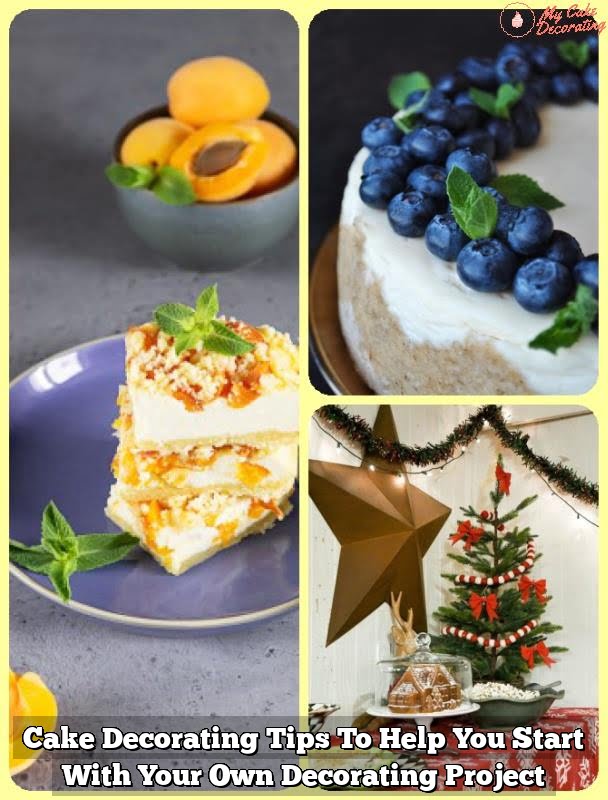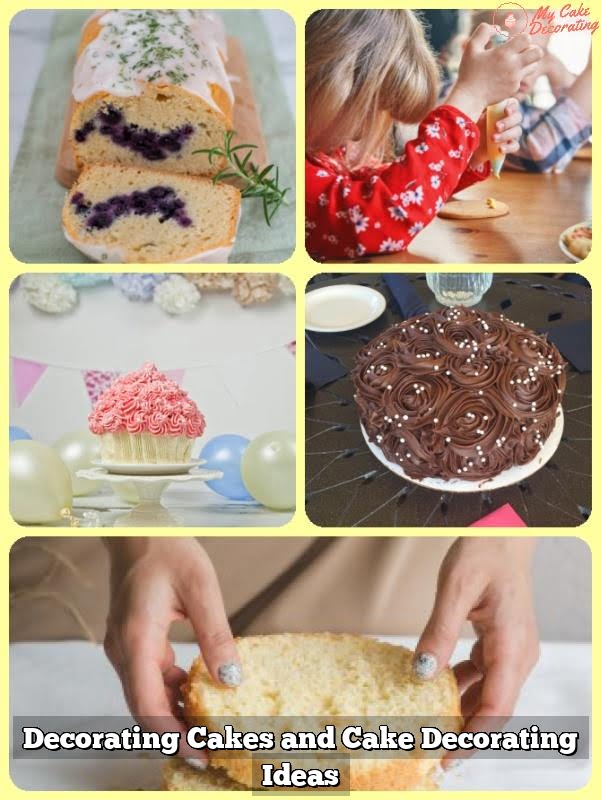Cake decorating contests are a beloved tradition that showcases not just baking skills, but also creativity and artistry. Whether it’s a local bake-off or a national competition, judging plays a crucial role in determining the best of the best. So, how to judge a cake decorating contest effectively?
When it comes to evaluating cakes, judges must consider various factors beyond just taste. Visual appeal, technique, creativity, flavor, presentation, and fairness all play significant roles in determining the winner. Each aspect contributes to the overall impression of the cake and reflects the skill and talent of the decorator.
Cake designers put their heart and soul into their creations, making it essential for judges to understand and appreciate the effort that goes into each piece. By examining criteria such as technique, innovation, and overall presentation with fairness and impartiality, judges can ensure that every contestant receives a fair evaluation in a cake decorating contest.
The Criteria
When it comes to judging a cake decorating contest, there are several key factors that judges need to consider in order to ensure a fair and objective evaluation. The criteria for judging such competitions are essential in determining the winner and recognizing the skill and talent of the participants. One of the most important aspects to evaluate is the visual appeal of the cake design.
Judges should pay attention to the overall aesthetic of the cake, including color scheme, decorations, and artistic elements. A visually appealing cake is not only attractive to look at but also demonstrates creativity and attention to detail on the part of the decorator.
In addition to visual appeal, technique and skill play a crucial role in determining the quality of a cake design. Judges should assess the technical aspects of cake decorating, such as icing consistency, piping techniques, and precision in detailing. A well-executed cake that showcases high-level skills reflects the expertise and dedication of the decorator.
Moreover, creativity and innovation are key factors that judges should take into account when evaluating cake designs. Originality, unique ideas, and out-of-the-box thinking set apart exceptional cakes from ordinary ones. Creativity can be displayed through unconventional designs, innovative use of materials, or creative theme interpretations.
Furthermore, flavor and texture are equally important components that judges must consider when evaluating a cake decorating contest. While visual appeal may capture attention initially, taste and texture leave a lasting impression on the judges’ palates. The flavor profile should be well-balanced, with complementary tastes that enhance the overall experience of eating the cake.
Additionally, the texture of the cake should be moist, tender, and appropriate for the type of dessert being presented. Ultimately, judges must take into account all these factors – visual appeal, technique and skill, creativity and innovation, flavor and texture – in order to conduct a thorough evaluation in a cake decorating competition.
| Factors | Importance |
|---|---|
| Visual Appeal | Demonstrates creativity & attention to detail |
| Technique & Skill | Reflects expertise & dedication |
| Creativity & Innovation | Sets apart exceptional cakes from ordinary ones |
| Flavor & Texture | Leaves lasting impression on judges’ palates |
Technique and Skill
When judging a cake decorating contest, one of the most crucial factors to consider is the technique and skill demonstrated in the creation of the cake design. The technical aspects of cake decorating include precision in piping, smoothness of frosting, intricacy of details, and overall execution of the design. Judges should pay close attention to these elements as they reflect the expertise and craftsmanship of the cake decorator.
To effectively judge the technique and skill in a cake decorating contest, it is essential to look for clean lines, uniformity in decorations, and consistency in texture throughout the cake. Attention to detail is key when evaluating the intricate work involved in creating elaborate designs or patterns on a cake. Judges should also consider how well the decorator has utilized different tools and methods to achieve specific effects, showcasing their mastery of various cake decorating techniques.
Furthermore, judges must assess how well the technical aspects enhance or detract from the overall visual appeal of the cake design. A beautifully decorated cake that lacks technical proficiency may not be as impressive as one that seamlessly combines both artistic vision and skillful execution. By recognizing and appreciating the technical mastery involved in cake decorating, judges can provide constructive feedback to contestants while also acknowledging their dedication and talent.
| Aspect to Consider | Description |
|---|---|
| Clean lines | Evaluate how well-defined and precise the piping or decorations are on the cake. |
| Attention to detail | Assess the intricacy and accuracy of smaller elements within the overall design. |
| Consistency in texture | Consider whether there is uniformity in texture across different parts of the cake. |
Creativity and Innovation
Thinking Outside the Box
When evaluating cakes based on creativity and innovation, judges should consider how well the decorators have pushed boundaries and explored new possibilities in their designs. Whether it’s using unexpected color combinations, incorporating unconventional patterns, or experimenting with different textures, contestants who demonstrate a willingness to take risks and think outside the box are likely to score higher in this category. Creativity is not just about following trends but also about setting new ones and breaking away from traditional norms.
Showcasing Unique Ideas
In a cake decorating contest, uniqueness is key to standing out among other competitors. Judges pay close attention to how well contestants have executed their original ideas and brought a distinct vision to life.
Whether it’s a theme-inspired cake with a twist or a completely avant-garde design that challenges conventional notions of cake decorating, showcasing unique ideas demonstrates the decorator’s imagination and artistic flair. Contestants should strive to present cakes that are not only visually striking but also conceptually inventive.
Encouraging Innovation
As judges assess creativity and innovation in cake designs, they play a crucial role in fostering a culture of experimentation and pushing decorators to think creatively. Providing constructive feedback that encourages risk-taking and applauds originality can inspire contestants to continue exploring new avenues in their craft.
By recognizing and rewarding innovative approaches to cake decorating, judges can help elevate the standards of competition and encourage participants to constantly push themselves creatively. Ultimately, celebrating creativity and innovation in cake decorating contests enriches the experience for both contestants and judges alike, making each competition more exciting and inspiring for all involved.
Flavor and Texture
When judging a cake decorating contest, one of the most crucial factors to consider is the flavor and texture of the cake. Although visual appeal plays a significant role in impressing the judges, ultimately, it is the taste and texture that can make or break a winning entry. Here are some key elements to keep in mind when evaluating the flavor and texture of a cake in a competition:
- Flavor Profile: The first thing to consider is the overall flavor profile of the cake. Judges should assess whether the flavors are well-balanced, complementary, and whether they enhance the overall experience of eating the cake.
- Moisture Content: Another important aspect is the moisture content of the cake. A dry cake can ruin even the most visually stunning design, so judges should pay attention to whether the cake is moist and palatable.
- Texture: The texture of the cake also plays a vital role in judging. Judges should consider whether the crumb is light and tender or dense and heavy, as well as whether any additional fillings or layers add interest to the overall texture.
Furthermore, judges should evaluate how well the flavors work together with any fillings, frostings, or toppings that are included in the design. This harmony between all components can elevate a simple cake into a memorable culinary experience for both judges and contestants alike. By paying close attention to both flavor and texture, judges can ensure a fair evaluation process that rewards not only creativity but also culinary expertise in cake decorating competitions.
- Palate Cleansing: It’s important for judges to cleanse their palate between tasting different cakes to avoid flavor fatigue and ensure an objective assessment of each entry.
- Judging Criteria: Establishing clear judging criteria for flavors such as sweetness level, balance of flavors, use of quality ingredients, and adherence to theme can help maintain consistency in evaluating different cakes competing against each other.
- Educating Judges: Providing judges with guidelines or training on how to evaluate flavors and textures can help them make informed decisions during the competition, resulting in fairer outcomes for all participants.
Presentation
When it comes to judging a cake decorating contest, one of the most crucial factors to consider is the overall presentation of the cake. A beautifully decorated cake will not only catch the eye of the judges but also leave a lasting impression on them.
The presentation includes everything from the design and layout of decorations to the use of colors and finishing touches. It is essential for judges to pay attention to every detail, as even small imperfections can make a significant difference in their evaluation.
Attention to Detail
Detail is key when it comes to evaluating a cake in a decorating contest. Judges should look closely at each element of the design, such as piping work, fondant application, and overall neatness. Any inconsistencies or sloppy work can impact the overall presentation score of a cake.
Additionally, precision plays a significant role in showcasing a decorator’s skill level and dedication to their craft. Paying attention to detail not only indicates the effort put into creating the cake but also reflects on the decorator’s professionalism.
Theme Adherence
Another aspect that falls under presentation is how well the cake aligns with the given theme of the contest. Judges should consider whether the decorations, colors, and overall design elements reflect and enhance the theme effectively. A cohesive theme execution demonstrates creativity and thoughtfulness on behalf of the decorator.
Evaluating how well a contestant has interpreted and incorporated the theme into their design adds another layer of complexity to judging a cake decorating competition. Theme adherence should be assessed in relation to creativity, originality, and overall impact on visual appeal.
Fairness and Impartiality
When judging a cake decorating contest, maintaining fairness and impartiality is crucial to ensure a just evaluation of all participants’ creations. It is essential to establish clear criteria and guidelines for judging that are communicated to all judges in advance.
This transparency helps in creating a level playing field for all contestants and avoids any bias or favoritism in the judging process. Judges should adhere strictly to these criteria and focus solely on the quality of the cakes presented without any external influences.
One way to uphold fairness in a cake decorating contest is by having a diverse panel of judges with different backgrounds and experiences in the baking and culinary arts world. This variety ensures that various perspectives are considered when evaluating the cakes, leading to a more well-rounded judgment.
Additionally, rotating judges between different categories or rounds can help prevent any personal biases from affecting the overall results. By promoting diversity and rotation within the judging panel, organizers can maintain a fair and impartial atmosphere throughout the competition.
Furthermore, it is essential for judges to evaluate each cake based on its own merits rather than making comparisons between contestants. Each entry should be assessed independently, taking into account the craftsmanship, creativity, taste, and presentation of the cake.
Judges should avoid discussing their opinions with other judges until after scoring each entry individually to prevent any group bias. By following these practices and focusing on objective assessment, judges can ensure fairness and impartiality in how they evaluate each cake decorating competition participant’s work.
Conclusion
In conclusion, judging a cake decorating contest involves a delicate balance of assessing various factors to determine the best overall creation. From visual appeal and technique to creativity and flavor, each aspect plays a crucial role in evaluating the cakes submitted for competition. By understanding the importance of these key criteria, judges can make informed decisions that recognize the hard work and artistry put into each entry.
One of the most important things to remember when learning how to judge a cake decorating contest is the need for fairness and impartiality. Each contestant deserves an equal opportunity to showcase their skills and creativity without bias or favoritism. Judges must strive to maintain objectivity throughout the evaluation process, focusing solely on the quality of each cake based on the established criteria.
As cake decorating continues to evolve as both an art form and a culinary skill, it is essential for judges to adapt their approach accordingly. By staying current with trends, techniques, and innovations in the world of cake design, judges can better appreciate the creativity and originality demonstrated by contestants.
Ultimately, fostering a culture of fair and objective evaluation in cake decorating contests not only honors the hard work of participants but also elevates the standards of excellence in this competitive field.
Frequently Asked Questions
How Do You Judge a Cake Decorating Competition?
When judging a cake decorating competition, it is essential to consider several factors. First and foremost, the overall appearance of the cake plays a significant role. The design, creativity, and attention to detail are crucial in evaluating the visual appeal of the cake. Secondly, the technical skills involved in decorating the cake should be assessed.
This includes the precision of piping work, fondant application, and overall execution of techniques. Lastly, taste is also an important aspect to consider. Judges often look for a balance of flavors that complement each other well.
What Are the Rules for Judging Cakes?
The rules for judging cakes in a competition typically focus on specific criteria. Firstly, judges may evaluate the appearance of the cake based on factors such as neatness, creativity, and originality of design.
Secondly, they assess the technical skills demonstrated in cake decorating techniques like icing consistency, smoothness of fondant, and precision in detailing. Lastly, tasting is an essential component where judges consider flavor combinations, texture, and overall taste experience.
How Do You Win a Cake Decorating Competition?
Winning a cake decorating competition requires a combination of skill, creativity, and attention to detail. To stand out from other competitors, it is crucial to come up with a unique and eye-catching design that showcases your talent and style. Attention to technical details such as clean lines, smooth surfaces, and intricate decorations can also make a difference in winning over the judges.
Additionally, ensuring that your cake not only looks great but tastes delicious can further enhance your chances of winning. Above all else, have confidence in your abilities and let your passion for baking shine through in your creation.

Welcome to my blog about home and family. This blog is a place where I will share my thoughts, ideas, and experiences related to these important topics. I am a stay-at-home mom with two young children. I hope you enjoy reading it! and may find some helpful tips and ideas that will make your home and family life even better!





